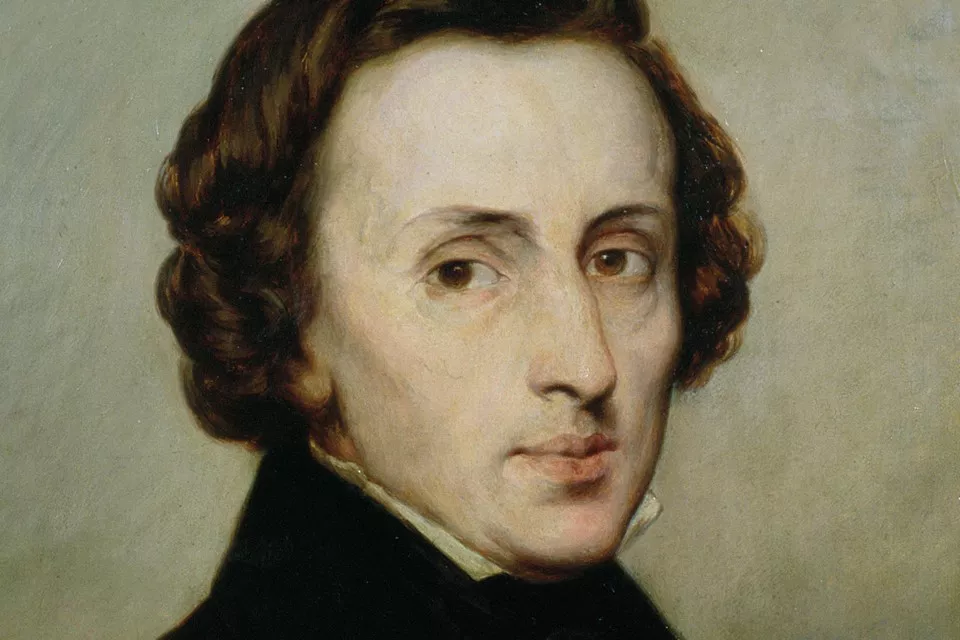Frédéric Chopin, one of the most celebrated composers of the Romantic era, left an indelible mark on the world of classical music with his emotive and technically demanding compositions. Among his vast repertoire, the Waltz in E minor, Op. posth. (B. 56), stands out as a shining example of his mastery in crafting elegant and poignant piano works. In this article, we delve into the depths of this waltz, exploring its historical context, musical structure, interpretive challenges, and enduring legacy.
I. Historical Background
To truly appreciate Chopin’s Waltz in E minor, it’s crucial to understand the historical milieu in which it was composed. Chopin, a Polish composer and virtuoso pianist, lived during the first half of the 19th century, a time marked by political upheavals, artistic revolutions, and the flourishing of Romantic ideals.
Born in 1810, Chopin’s musical genius manifested early in his life, and by the time he reached adulthood, he had already established himself as a prominent figure in the musical circles of Warsaw and later Paris. His compositions, often imbued with lyrical melodies, expressive harmonies, and intricate pianistic techniques, captured the essence of Romanticism—a movement characterized by a focus on emotion, individualism, and the sublime.
The Waltz in E minor, though published posthumously, reflects Chopin’s mature style and artistic sensibilities. Composed in the 1830s, it embodies the elegance and grace of the waltz form while also showcasing Chopin’s unique voice as a composer.
See Also: Top 10 Sibelius Symphonies
II. Musical Analysis
A close examination of Chopin’s Waltz in E minor reveals a wealth of musical elements that contribute to its beauty and complexity. The piece is written in 3/4 time, adhering to the traditional waltz structure, yet within this framework, Chopin weaves a narrative that is both evocative and nuanced.
The waltz opens with a melancholic theme in E minor, introduced softly but with a sense of longing. This initial motif sets the tone for the piece, conveying a mood of introspection and romantic yearning. As the music unfolds, Chopin introduces variations on this theme, exploring different tonalities and textures.
One of the notable features of this waltz is Chopin’s use of chromaticism and modulations. These harmonic devices lend a sense of unpredictability to the music, adding depth and emotional richness. The shifts between minor and major keys create contrast and tension, heightening the dramatic impact of the piece.
In terms of pianistic technique, the Waltz in E minor presents challenges related to phrasing, dynamics, and articulation. The performer must navigate delicate passages with finesse, balancing lyrical passages with more agitated sections. Rubato, a characteristic expressive technique in Chopin’s music, allows for flexibility in tempo, enhancing the expressive quality of the performance.
III. Interpretive Challenges
Interpreting Chopin’s Waltz in E minor requires more than technical proficiency—it demands a deep understanding of the composer’s intentions and the ability to convey emotion through sound. One of the key challenges for performers is capturing the delicate balance between melancholy and elegance that defines the piece.
The opening theme sets the emotional foundation, requiring sensitivity to phrasing and dynamics. The subtle shifts in mood and intensity throughout the waltz call for nuanced expression, with each variation offering opportunities for interpretive exploration.
Furthermore, the interplay between legato and staccato passages adds another layer of complexity. Achieving clarity and precision while maintaining a seamless flow of sound is essential to capturing the essence of Chopin’s style.
Interpretive decisions regarding tempo, rubato, and pedal usage also play a crucial role in shaping the performance. Balancing the rhythmic stability of the waltz with moments of expressive freedom requires a deep musical understanding and artistic sensitivity.
IV. Legacy and Influence
Chopin’s Waltz in E minor has left a lasting impact on the repertoire of classical piano music. Its hauntingly beautiful melodies, expressive harmonies, and refined pianistic techniques continue to captivate audiences and inspire musicians across generations.
Numerous pianists, from Vladimir Horowitz to Martha Argerich, have interpreted and recorded this waltz, each bringing their unique perspective and artistry to the piece. The enduring popularity of Chopin’s music speaks to its timeless appeal and universal emotional resonance.
Beyond its immediate musical influence, the Waltz in E minor embodies the Romantic ideals of individual expression and emotional depth. It serves as a reminder of Chopin’s legacy as a composer who pushed the boundaries of piano music and expanded the expressive possibilities of the instrument.
V. Conclusion
In conclusion, Chopin’s Waltz in E minor stands as a testament to the enduring power of Romantic piano music. Its poignant melodies, evocative harmonies, and technical intricacies make it a cherished work in the repertoire of pianists and music lovers alike.
Through a historical lens, we gain insight into Chopin’s artistic vision and the cultural context that shaped his music. A detailed musical analysis reveals the compositional brilliance and expressive depth of the waltz, while also highlighting the interpretive challenges faced by performers.
As we consider its legacy, we recognize the lasting impact of Chopin’s music on the world of classical music and its continued relevance in contemporary performance and appreciation. The Waltz in E minor remains a jewel in the crown of Chopin’s oeuvre, a timeless masterpiece that continues to enchant and inspire audiences worldwide.

